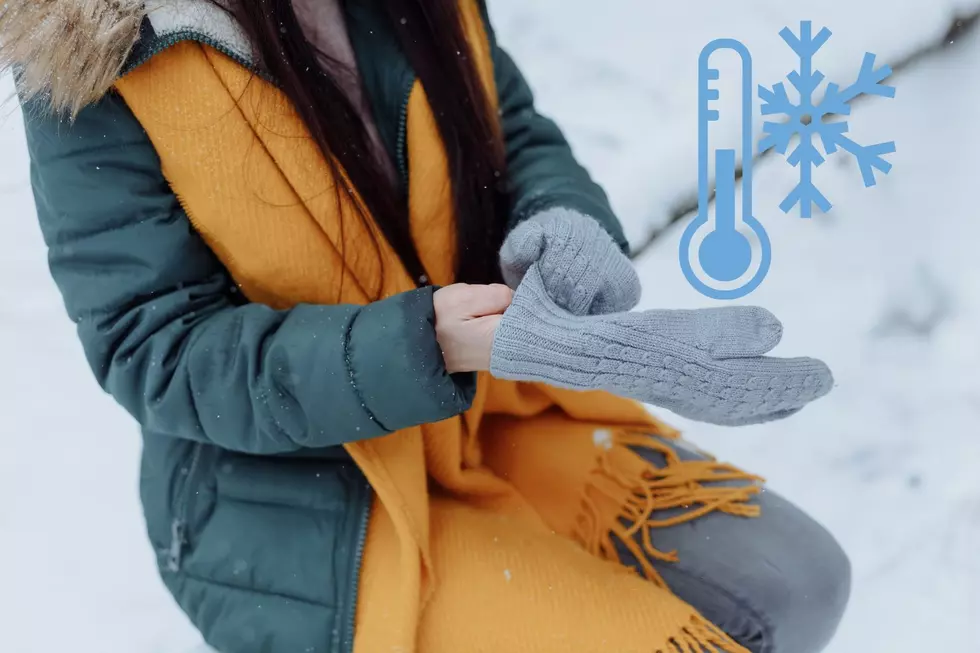
How To Bundle Up & Stay Warm During a Frigid Winter in Indiana & Kentucky
Winter is here and Mother Nature is about to unleash some severe cold weather on us. Here are the best ways to bundle up to stay warm.
Avoid Exposure If Possible
Avoiding exposure to outside temperatures and elements will always be your best bet when it comes to battling winter temperatures. However, if staying inside simply is not an option then you need to know how to properly bundle yourself up to stay warm.
It's All in the Layers
You've likely been told since you were a kid the importance of dressing in layers, but what does that even mean? How many layers? What kind of layers? How tight should the layers be? There are so many questions!

Start with the Base Layer
Your first layer, or base layer, will be the layer of clothing closest to your body. For this layer, you will want it to fit snuggly - almost like a second skin. Parents.com makes recommendations for children that are just as applicable for adults. They recommend that your base layer be made of a synthetic material that will wick moisture away from the body and they advise that you stay away from cotton materials altogether for these layers.
The base shirt should be thin, fitted, and made from a synthetic material to wick away moisture... Avoid cotton; it holds in sweat. Wet clothes will only make your child colder (and miserable!).
The Middle Layer
Your middle layer is your insulation layer. This is the layer that is going to trap your body heat, and hold it close to keep you warm. Outdoor outfitters, REI recommends products made of polyester fleece, down, or synthetic insulation. They say,
The insulating layer helps you retain the heat that’s radiated by your body. The more efficiently this layer traps that heat, the warmer you’ll be.
The Outer Layer
The Appalachian Mountain Club recommends that you "dress like an onion," and suggests practicing what they call the W.I.S.E. System.
In the winter, having a variety of layers that work together in a modular system is crucial. Layer using the W.I.S.E. system, and you’ll be ready for anything: wicking, next-to-skin baselayers; insulating mid layers like a fleece or puffy down jacket; sheltering layers like a rain jacket and rain pants; and extra layers for if an emergency arises. And, of course, don’t forget the hats, gloves, insulated waterproof boots, and wool socks.
Again, the focus here is on layers and using the right kind of layers. They strongly advise against using cotton, as it is a moisture-absorbing material and in extremely cold temperatures, the last thing you want is to have moisture freezing near your skin. They describe the third layer as the "sheltering layer." This is your water and wind-proofing layer to keep you dry and prevent the wind from sneaking in to steal your heat from the other two layers.
Head, Feet, and Hands
We can't forget about our heads, feet, and hands. A good hat made of wool, or a similar material will do wonders to retain body heat. Humans lose most of our body heat through the top of our heads. We also want to keep our hands and feet protected from both moisture and the cold. These appendages are often the first place that people experience frostbite from cold exposure.
The Bottom Line
For safety's sake, if you do not need to go out into the cold, don't. However, if you do need to, or you want to partake in some outdoor, cold weather fun, the key to staying safely warm and dry is wearing layers made of proper materials.
10 Must-Have Items To Keep In Your Car This Winter Just In Case
More From WGBF-FM









